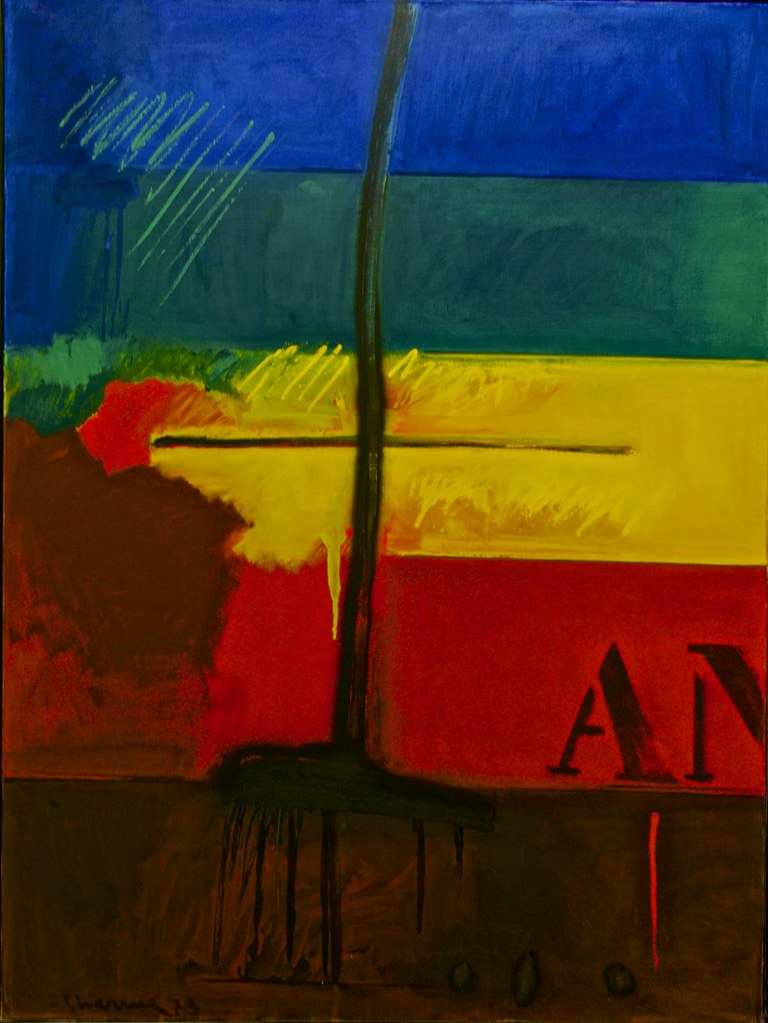
António Charrua: The Multifaceted Influence on Contemporary Portuguese Art
António Charrua was a prominent Portuguese artist, born in Lisbon in 1925 and died in Évora in 2008. Although he initially attended the Architecture course at the Escola Superior de Belas Artes de Lisboa, António Charrua soon redirected his passion towards the fine arts, including painting, sculpture, engraving and ceramics. This article explores the life and work of this notable artist, highlighting his contributions to the art world in Portugal and beyond its borders.
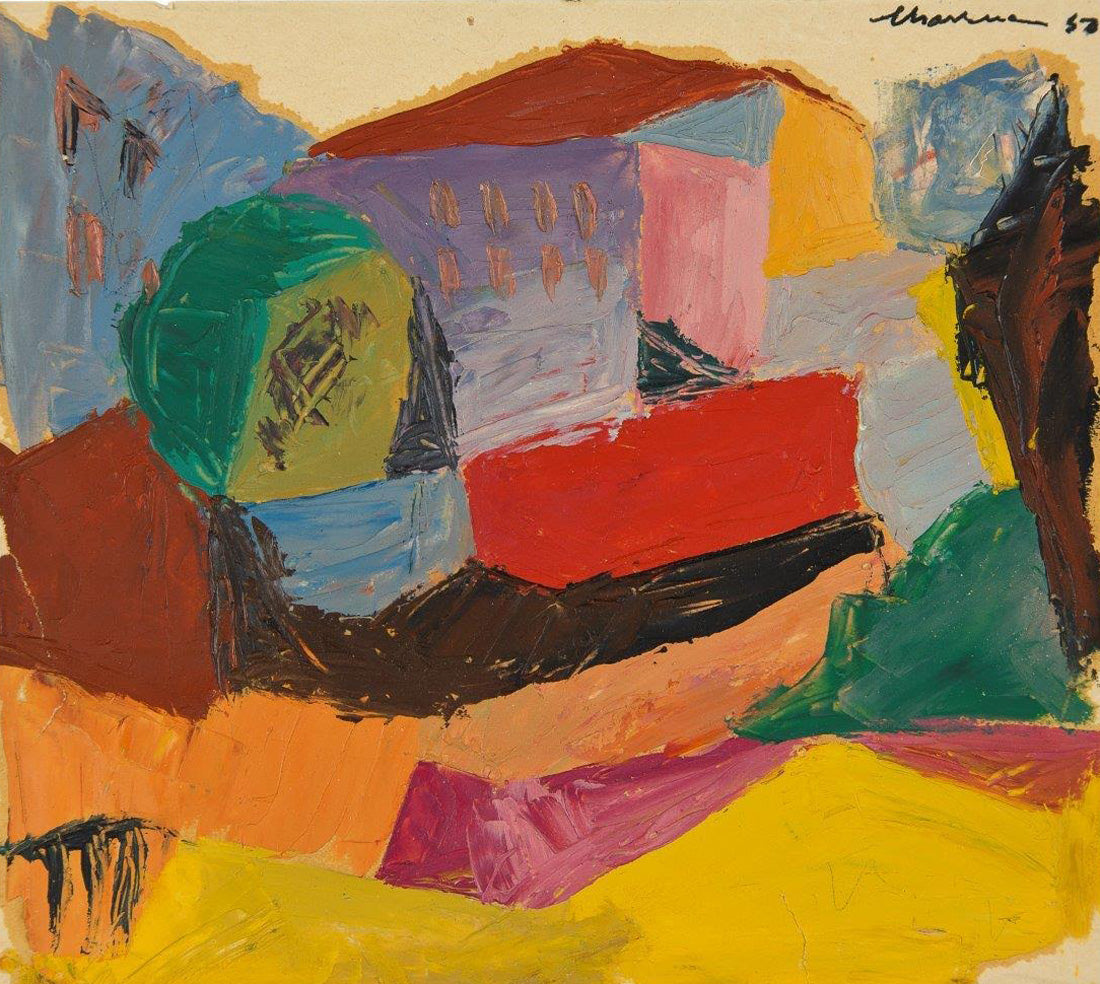
What was António Charrua's journey?
António Charrua was born in Lisbon in 1925 and attended the Architecture course at the Escola Superior de Belas Artes de Lisboa, but from an early age he preferred the plastic arts, namely painting and sculpture. He held his first solo exhibition in 1953, in Porto, later taking up residence in Évora. He received a scholarship from the Calouste Gulbenkian Foundation in 1960. In the 70s and 80s, António Charrua decided to stop exhibiting in Portugal, Switzerland became the country chosen by the painter, and he exhibits regularly. Decisive in his internationalization was his representation in the famous Hurschler Collection and Lafranca Collection, which led him to participate in exhibitions at important museums in Europe and the USA. In 1990 he returned to Portugal and, among other distinctions, he was awarded the Medal of Municipal Merit (Gold Class) in the city of Évora, in 2000. António Charrua became famous as an excellent painter, but also as a draftsman, engraver, ceramicist and sculptor. It is represented in important national and foreign collections. He passed away in 2008, in Évora.
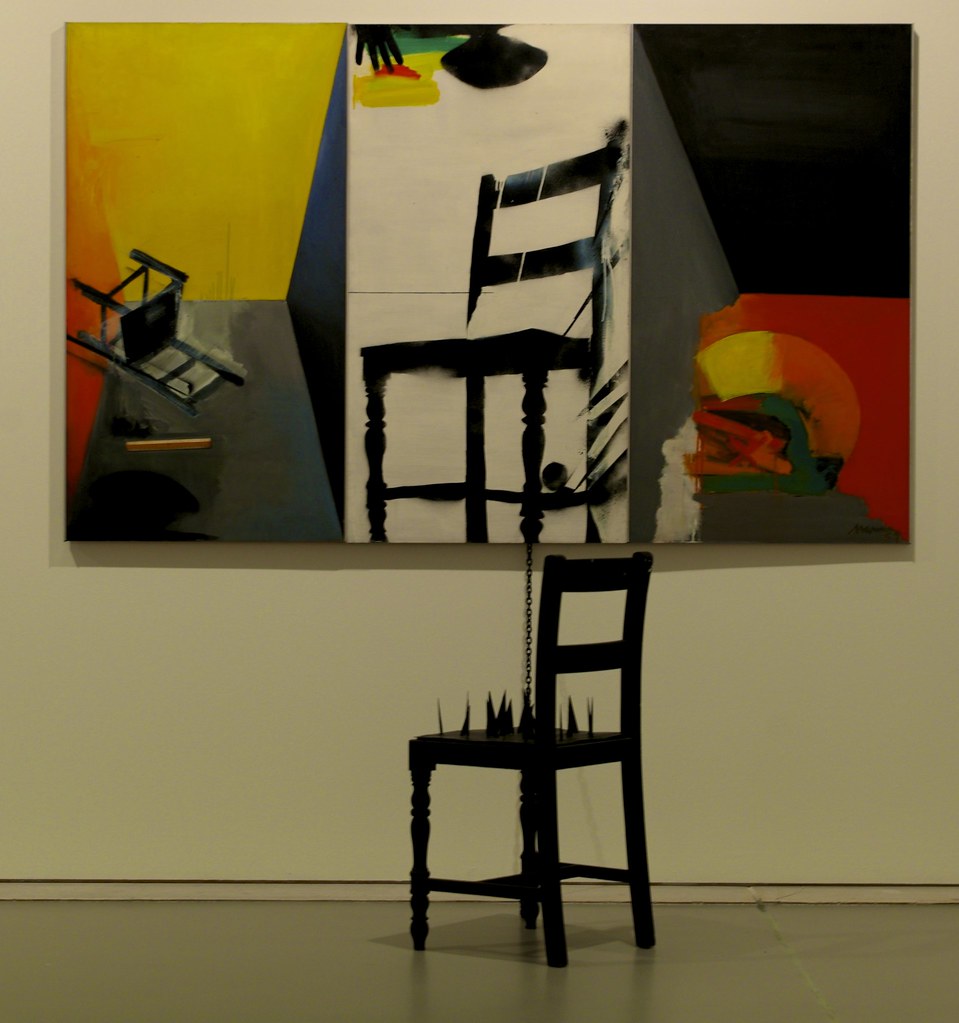
What are the characteristics of António Charrua's works?
António Charrua's works display a variety of characteristics and evolutions throughout his artistic career. Here are some of the main characteristics that can be found in his works:
Expressionism and Abstraction: Initially, António Charrua explored expressionism, with an emphasis on expressive and emotional gestures in his paintings. Later, he transitioned to abstractionism, incorporating abstract shapes and bright colors in his work.
Influence of Pop Art: At a certain point in his career, António Charrua was influenced by Pop Art, an artistic movement that incorporates elements of popular culture and contemporary iconography. This was reflected in his works, which sometimes included references to mass culture.
Collages and Objects: During the 1960s, António Charrua began to incorporate collages and objects into his works. These elements often had political connotations, such as references to the Spanish Civil War or Vietnam, and reflected social and political concerns of the time.
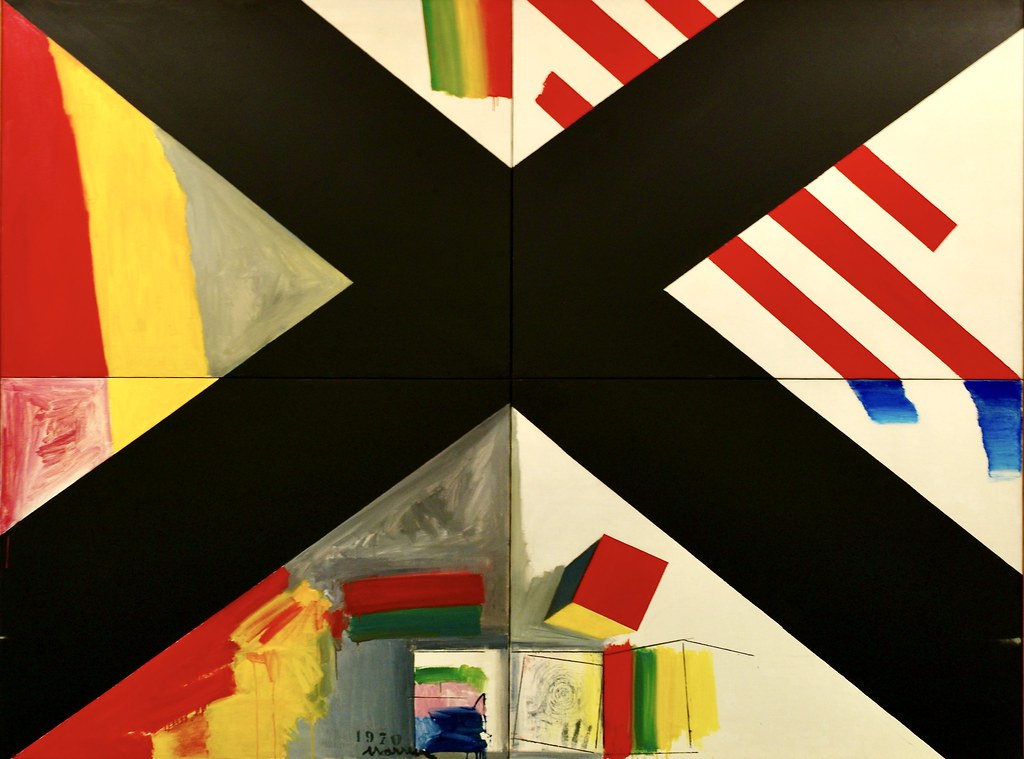
Diversity of Means and Techniques: António Charrua was a multifaceted artist, who worked with a variety of media and techniques, including painting, sculpture, engraving, ceramics, tiles, stained glass and tapestry. This diversity of approaches contributed to the richness of his work.
Style Marked by Gesture: In many of his works, expressive gesture was a striking feature. His bold, fluid brushstrokes conveyed emotion and energy, creating a sense of movement and vitality on his canvases.
Exploration of Space and Form: António Charrua experimented with the construction of space in his paintings, often challenging traditional conventions of spatial representation. He explored the interaction between shapes, colors and lines to create dynamic and intriguing compositions.
Indeterminacy and Mystery: In his own words, António Charrua saw his work as "research in an area marked by the expressionist gesture, but determined by a certain desire for balance, a certain containment." His works often contained a sense of indeterminacy and mystery, inviting the viewer to interpret and explore.
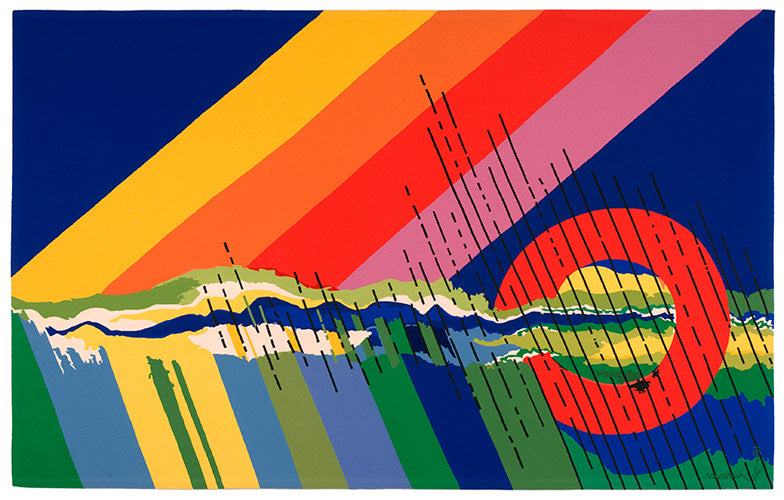
What is the influence of António Charrua on contemporary art?
António Charrua's contribution to the contemporary artistic scene can be observed in several aspects. Firstly, António Charrua left a legacy of experimentation and artistic diversity. His willingness to work with multiple media, including painting, sculpture, printmaking, ceramics and sculpture, has inspired contemporary artists to explore a variety of techniques and materials in their own work. This broad and multidisciplinary approach is a hallmark of contemporary art.
Furthermore, António Charrua's evolution throughout his career, going from expressionism to abstraction, shows how contemporary artists can also evolve and experiment with different styles and approaches over time. His artistic journey is an example of how creativity is not limited to a single style or period.
The influence of Pop Art on some of António Charrua's works also had an impact on contemporary art, encouraging artists to incorporate elements of popular culture and contemporary iconography into their art.
António Charrua's influence on contemporary art is manifested in the diversity of media, the willingness to experiment, artistic evolution and the incorporation of elements of popular culture, inspiring subsequent generations of artists to explore new directions in artistic creation.
